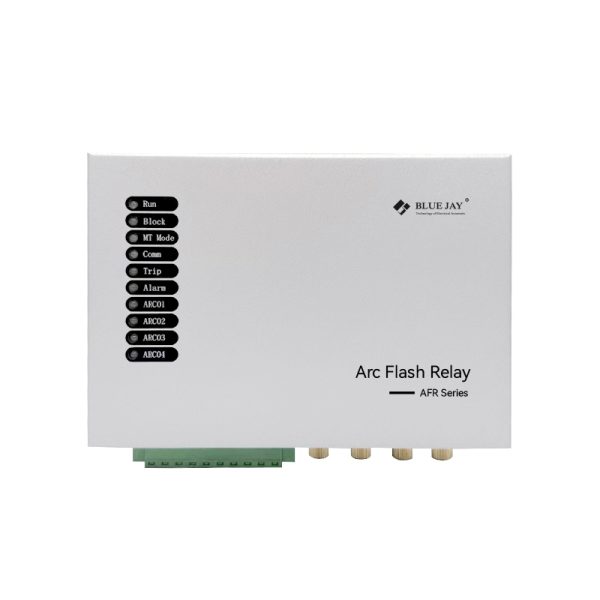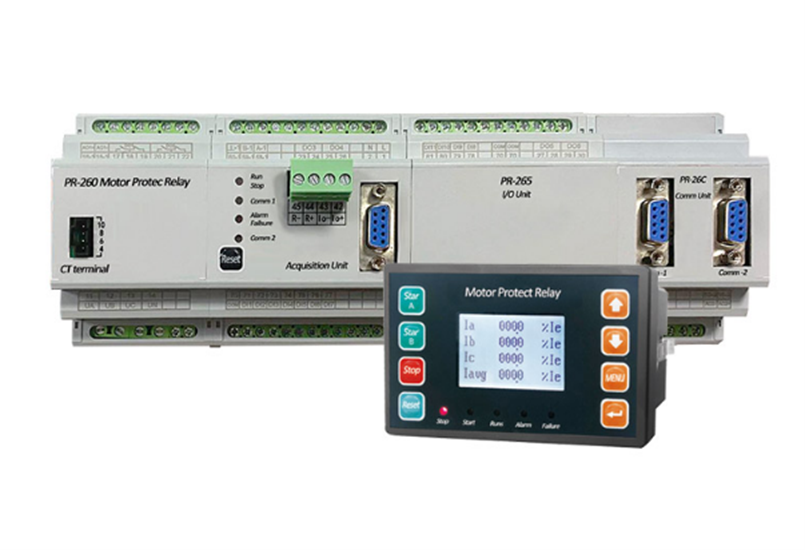There are many different types of temperature transmitters available based on different application needs, temperature ranges, and shapes and sizes. This article will introduce in detail the common temperature transmitter types and their characteristics in the industrial field.

Types of temperature transmitters based on installation
With regard to the mounting location, temperature transmitters are divided into:
- Head temperature transmitter: The head temperature transmitter has a protective housing and is often used for temperature measurement in hazardous areas or harsh environments. They are resistant to external environmental factors such as chemicals, dust, moisture, and more. It is designed for direct mounting in head temperature sensors.
- DIN rail-mounted temperature transmitters for panel mounting
- Field transmitters for installation in process plants
Types of temperature transmitters based on signal
With regard to the signal, here are 4 types of temperature transmitters:
- analog output temperature transmitters
- 0-10V temperature transmitter
- temperature transmitter 4 20ma: It is used commonly because most industrial devices are designed to communicate in this temperature range.
- Digital temperature transmitter: Digital temperature transmitter converts analog temperature signals into digital signals and has a digital interface, usually using standard communication protocols (such as MODBUS or HART) to connect to the monitoring system. This type of transmitter provides greater accuracy and data processing capabilities and is suitable for automation and remote monitoring systems.
Types of temperature transmitters based on function

Thermocouple Temperature Transmitter: A Thermocouple temperature transmitter is one of the most common temperature-measuring instruments. They use the thermoelectric effect between two different metal conductors to measure temperature. Different types of thermocouples are suitable for different temperature ranges and have excellent durability and fast response characteristics. They are often suitable for high-temperature measurements, such as furnace temperature monitoring.
Resistance Temperature Probe (RTD) Temperature Transmitter: RTD temperature transmitters use a resistive temperature probe, usually using platinum or nickel as the sensing material. RTDs have linear response characteristics, provide highly accurate temperature measurements, and are particularly suitable for precision applications such as laboratories and pharmaceutical industries.
Thermistor temperature transmitter: The thermistor temperature transmitter uses a thermistor as a temperature sensor, and its resistance value changes non-linearly with temperature changes. They provide highly accurate measurements over a relatively small temperature range and are commonly used in medical equipment and temperature control systems.
Infrared Temperature Transmitter: An infrared temperature transmitter determines the temperature of an object by measuring the infrared radiation radiated from its surface. This type of temperature transmitter is ideal for measuring hard-to-reach objects, such as metals or fluids in high-temperature furnaces. They are commonly used in industrial heating and cooling systems.
Thermopile Temperature Transmitters: Thermopile temperature transmitters use a stack of multiple thermocouple or thermistor sensors to improve measurement accuracy and stability. They are commonly used in environments that require highly accurate temperature measurements, such as laboratory and scientific research applications.
Wireless Temperature Transmitter: A wireless temperature transmitter can transmit temperature data to a remote location through wireless communication technology without the need to lay out cables. This is useful for applications requiring mobile or distributed temperature measurement.
Selecting the type of temperature transmitter suitable for a specific application depends on many factors, including temperature range, accuracy requirements, environmental conditions, and data transmission and integration needs. Regardless of the type of temperature transmitter, they provide an indispensable temperature measurement solution for industrial automation, production process control and safety monitoring.






